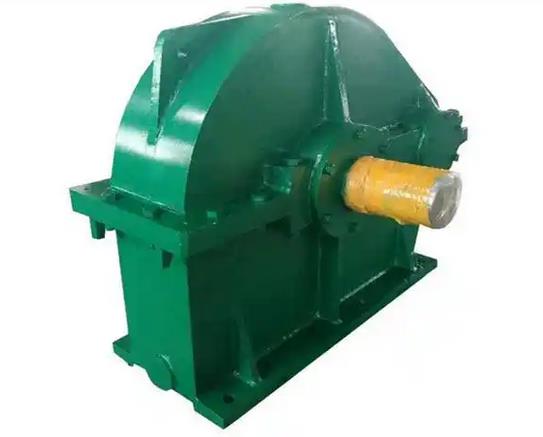What is the relationship between the load capacity and efficiency of ZD15-3.55-1 soft tooth surface reducer
There is a complex relationship between the load capacity and efficiency of ZD15-3.55-1 soft tooth surface reducer, as follows:
The impact of load capacity on efficiency
Efficiency decreases with increasing load: Generally speaking, as the load borne by the gearbox gradually increases, the internal friction loss, tooth surface meshing loss, etc. will also increase accordingly. For example, an increase in load leads to an increase in pressure between gears, resulting in an increase in friction between tooth surfaces. This leads to more energy being lost in the form of thermal energy, thereby reducing the efficiency of the gearbox. When the load exceeds a certain limit, the trend of efficiency decline may become more pronounced.

Efficiency is also low when the load is too small: If the load is too small, the gearbox will be in a light load operation state, and some internal losses, such as friction losses of bearings and stirring losses of lubricating oil, will increase in proportion, because these losses do not significantly decrease with the decrease of load. This results in the efficiency of the gearbox being lower than its rated load efficiency under light load conditions.
The indirect impact of efficiency on load capacity
Efficiency helps improve load capacity: A gearbox with higher efficiency can more effectively transmit input power to the output end, and can output greater torque to drive the load at the same input power. For example, a gearbox with an efficiency of 90% and a gearbox with an efficiency of 80% can convert more power into useful work under the same input power, thus being able to withstand larger loads.
Efficiency reduction limits load capacity: When the efficiency of the gearbox decreases due to certain reasons (such as prolonged operation causing temperature rise, poor lubrication, etc.), its internal losses increase, which may lead to increased heating and accelerated wear of components. This will reduce the reliability of the gearbox, thereby limiting its ability to withstand loads. If the load continues to increase in this low efficiency state, it may cause the gearbox to malfunction, such as gear breakage, bearing damage, etc.
The load capacity and efficiency of ZD15-3.55-1 soft tooth surface reducer are interrelated and influence each other. In practical applications, it is necessary to choose the appropriate model and specifications of the gearbox based on specific work requirements and working conditions, in order to achieve the best balance between load capacity and efficiency, and ensure that the gearbox can operate stably and efficiently.

